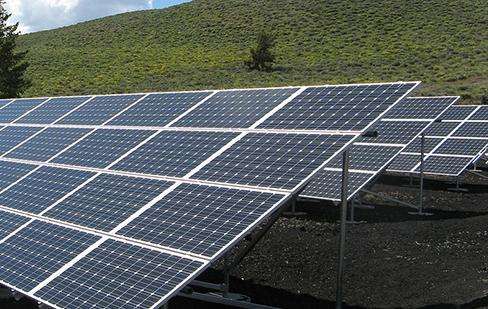Sealing technology overview
In response to the exhaust and heat dissipation needs of high humidity environments, TKFAN improves the sealing performance on the basis of airless fans. traditional brooms and uses plastic packaging for high sealing. seal the motor, creating a waterproof fan. For waterproof fans made by Tenka Special Electric, the motor sealing material generally uses the same epoxy resin material as the chip packaging material. For some high-speed and high-power sealed motors, we also use thermally conductive silicone with relatively high thermal conductivity for sealing.
We generally think that the waterproof grades of waterproof fans are divided into IP55 and IP68. Waterproof fans or waterproof motors with IP55 waterproof grade only have heavy-duty functionto humidity. The manufacturing method typically uses a conformal coating on the exterior surface of the motor, which has anti-oxidant capabilities.
IP68 waterproof fans currently generally use vacuum coating or plastic packaging. The vacuum coating process uses technology similar to semiconductor photolithography, using vapor deposition in a vacuum environment to deposit a layer of nanomaterials on the surface of an object. Film thickness is generally 5 to 30 microns. The coating process has the advantages of good heat dissipation and fast batch manufacturing speed. However, nanomaterials are generally not corrosion resistant and the film layer peels off over time. At most they can be used in water vapor environments. The waterproof fan sealed with epoxy resin can withstandcorrosion and can be impacted by water, but the manufacturing speed is slow, the heat dissipation effect of the motor is not good, and the price is generally expensive.
The left side shows photos before and after engine sealing. Electronic components, silicon steel sheets, copper wires, PCBs, etc. used in the engine are all sealed with epoxy resin. gases/liquids cannot enter inside the engine.
Waterproof motors used in various waterproof fans
Special bearings used in waterproof fans
Photos of waterproof effects of the coating
P- 1: Enlarged photo under the microscope of the part soldered with lead after coating and waterproofing
P-2: Photo under the microscope of the part after coating and waterproofing
P-3: Photo under the microscope microscope of the part after coating and waterproofing
P-4: Microscope photo of the film layer ofCoil surface after waterproof coating














